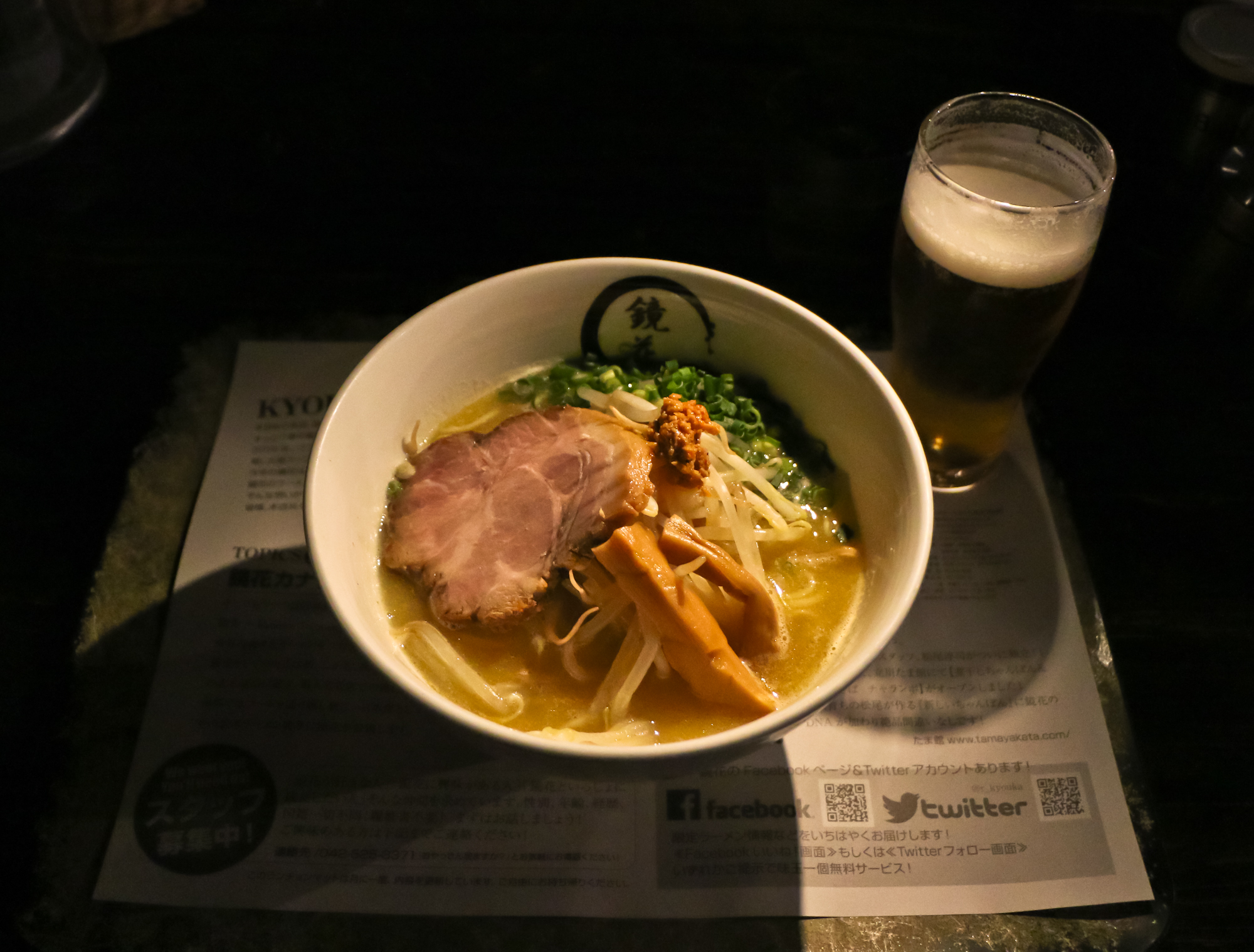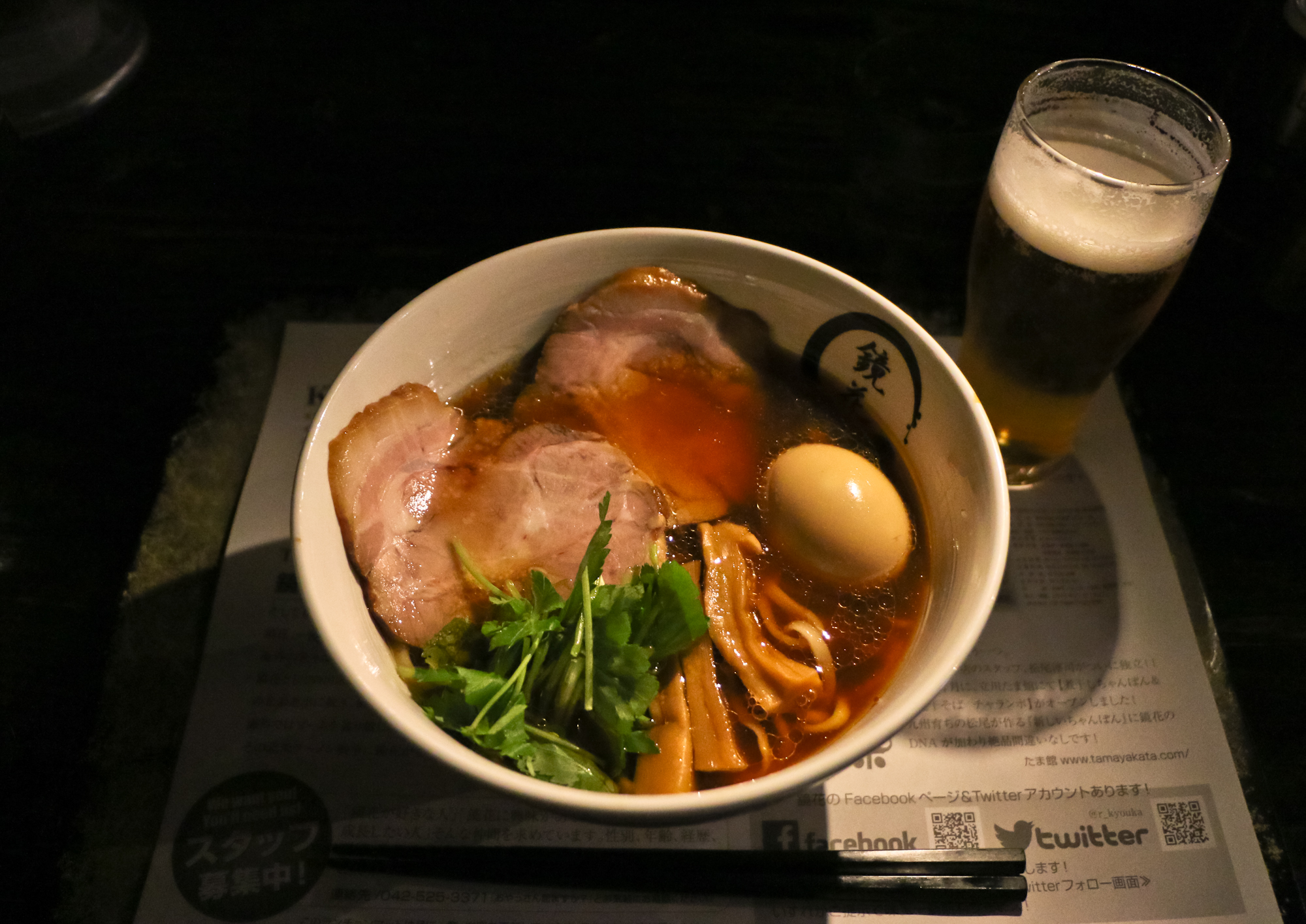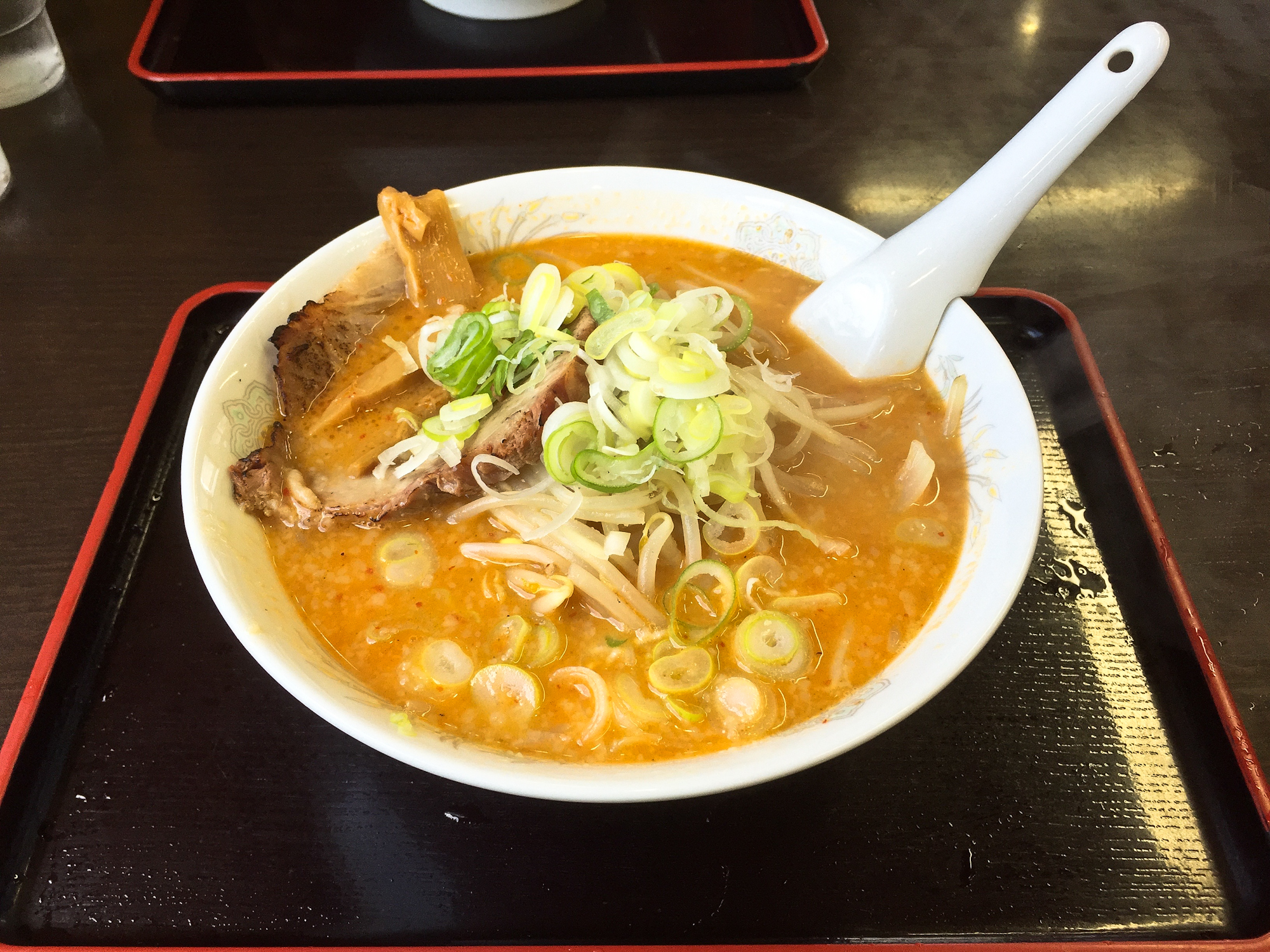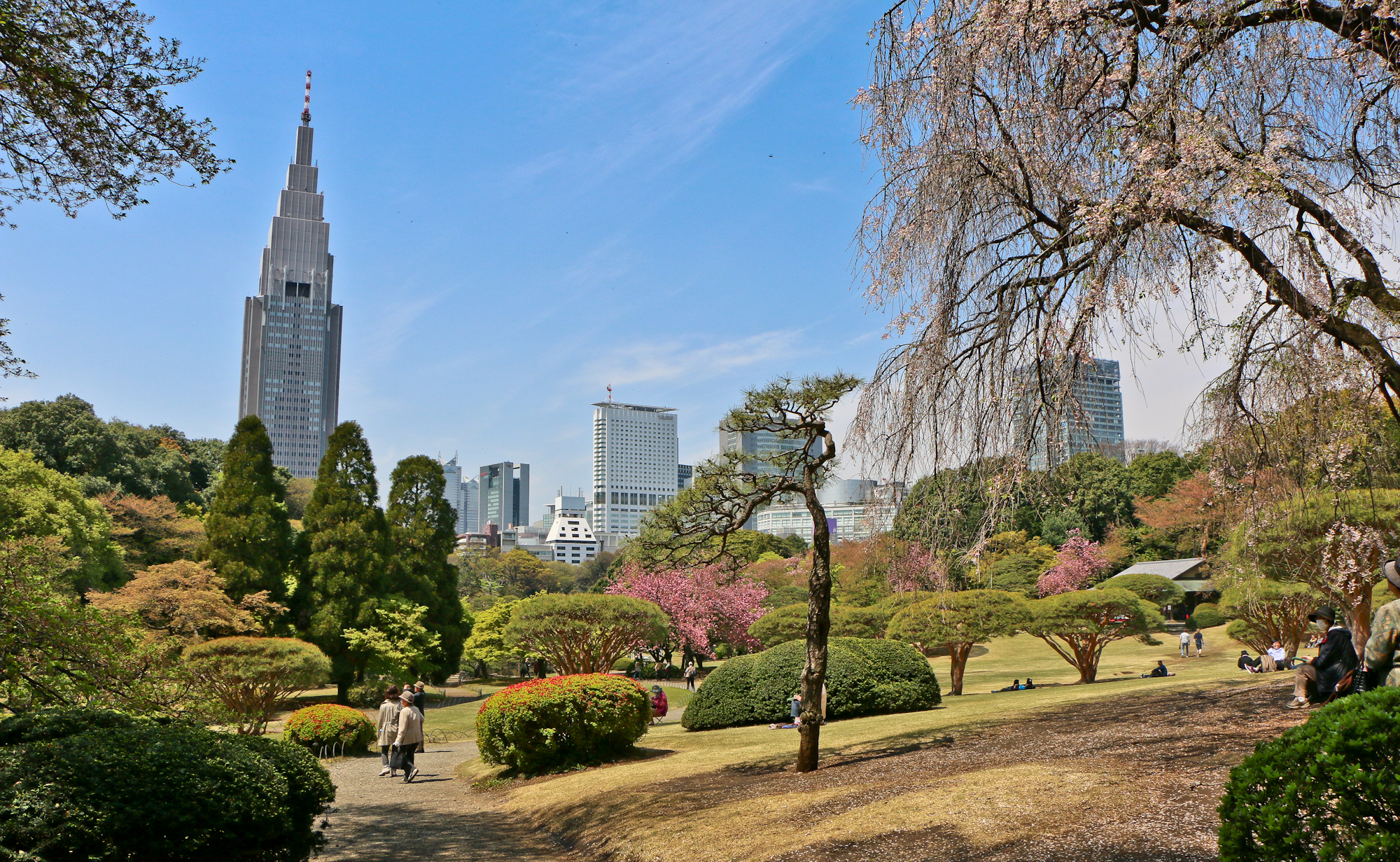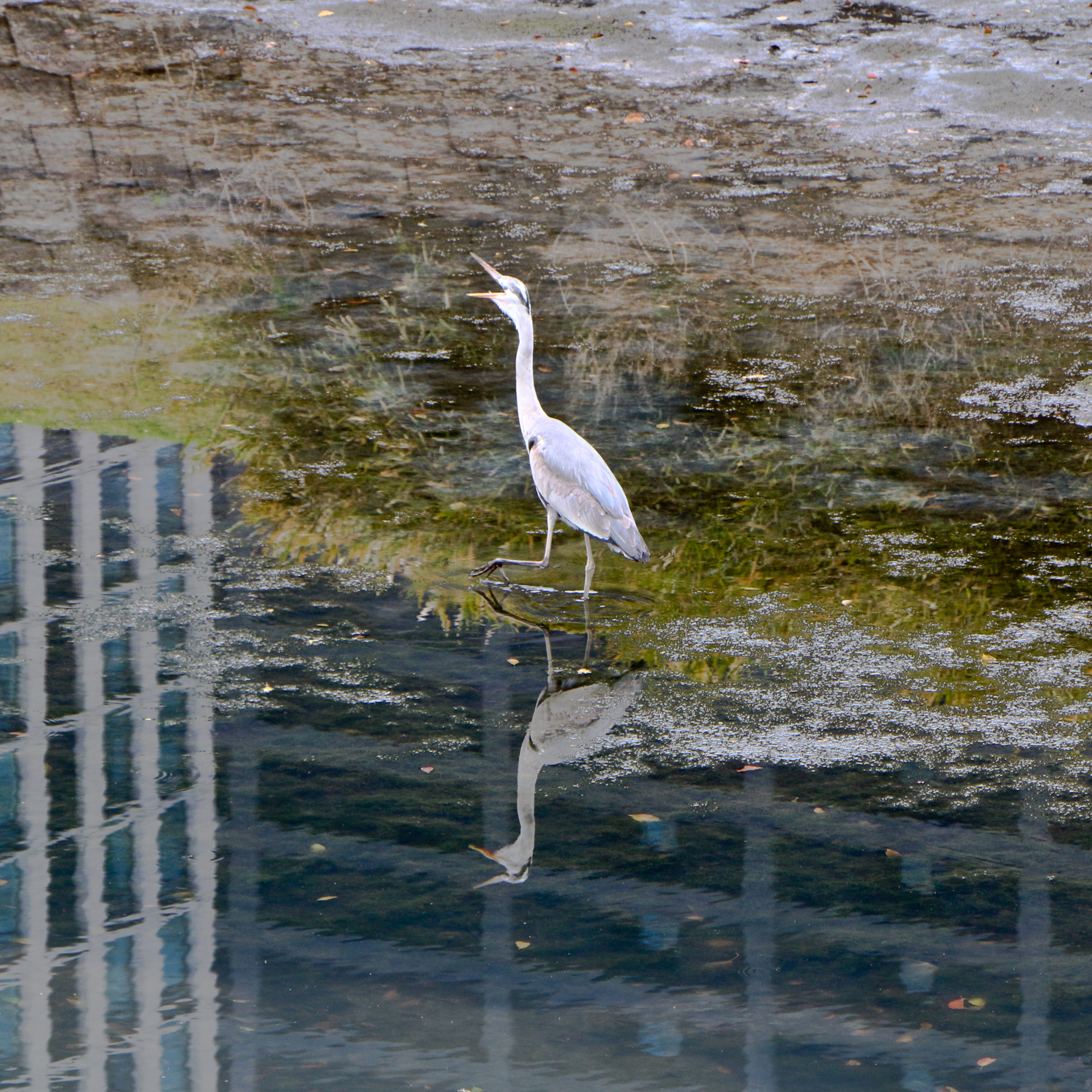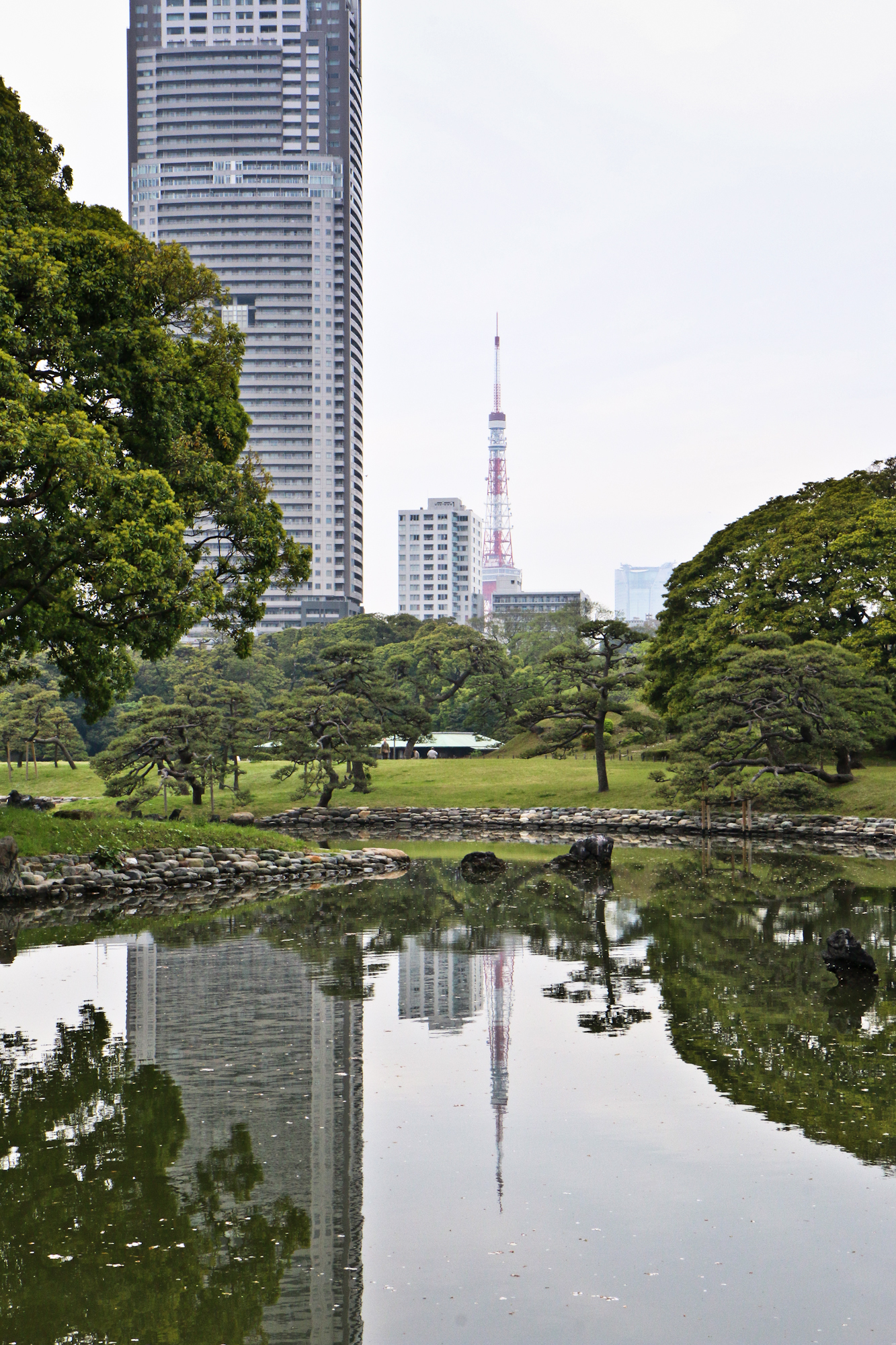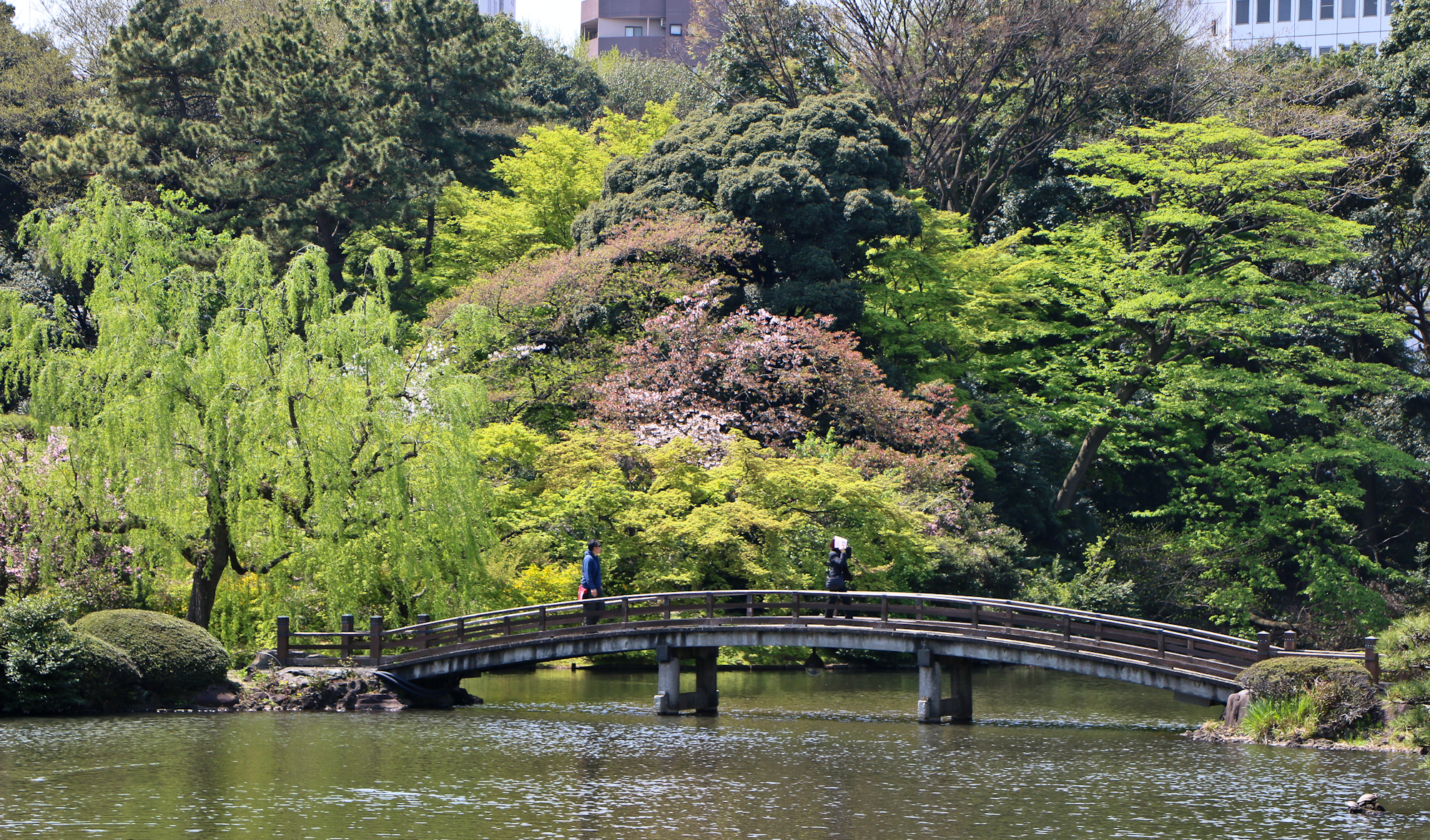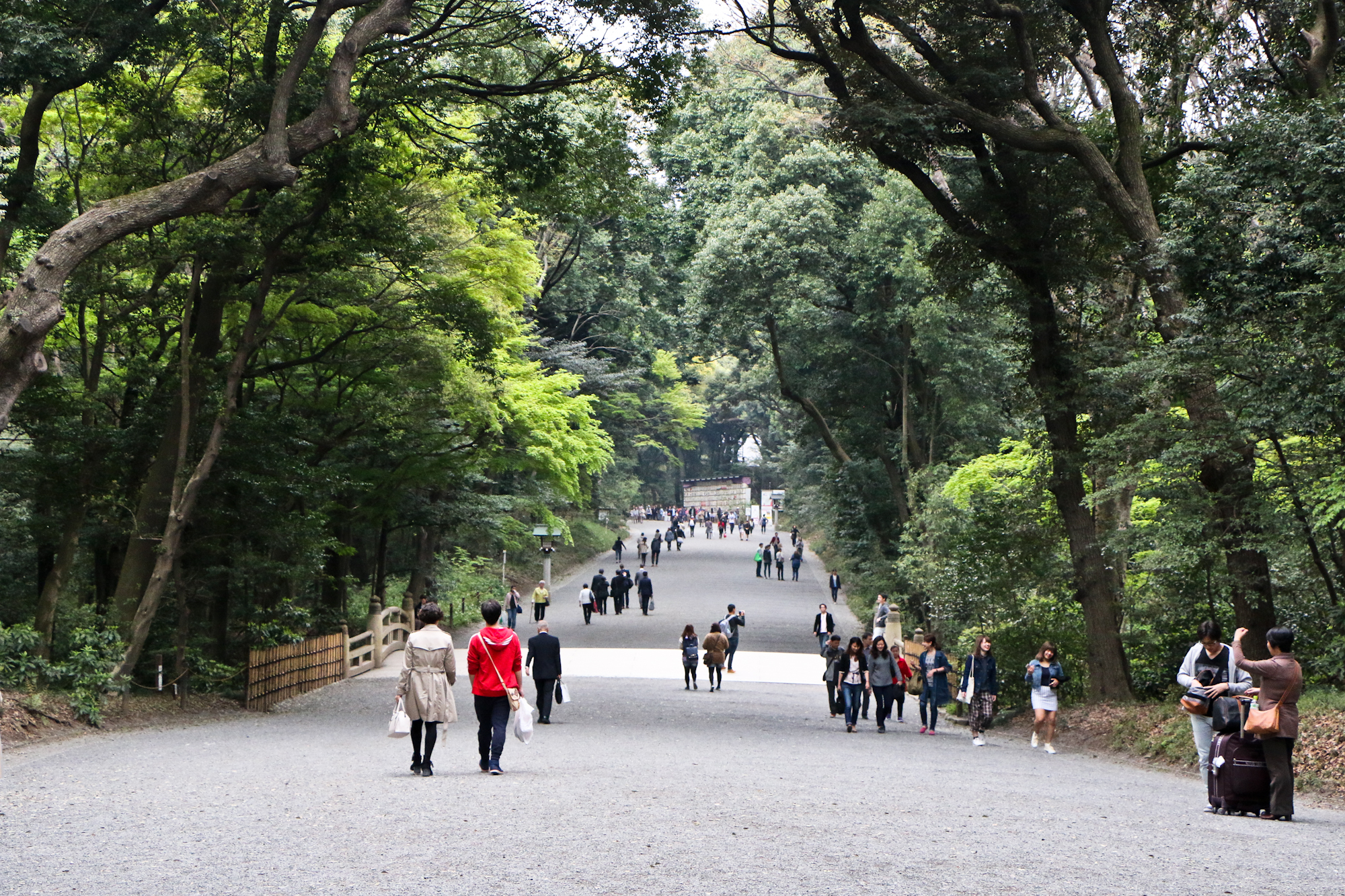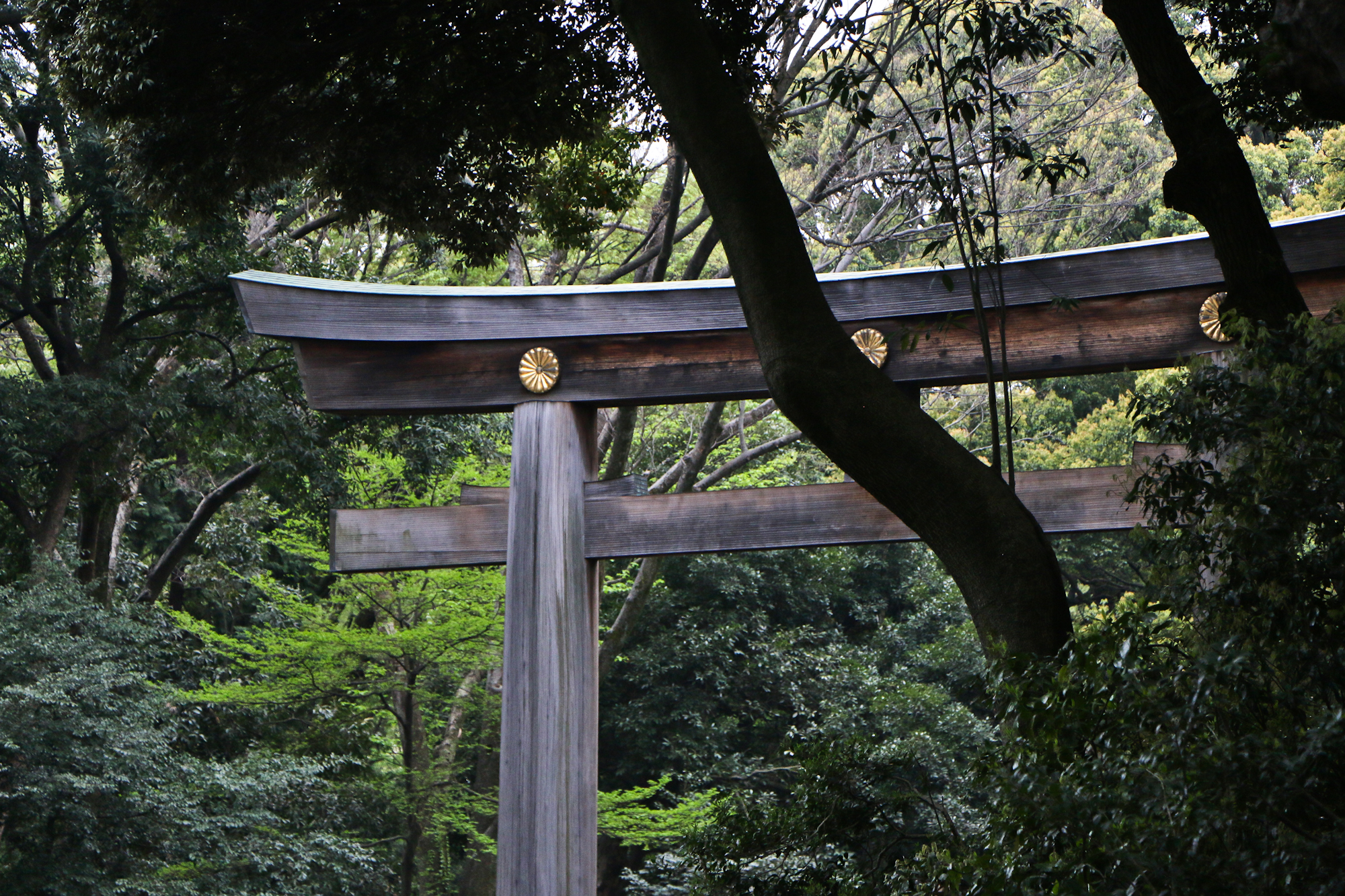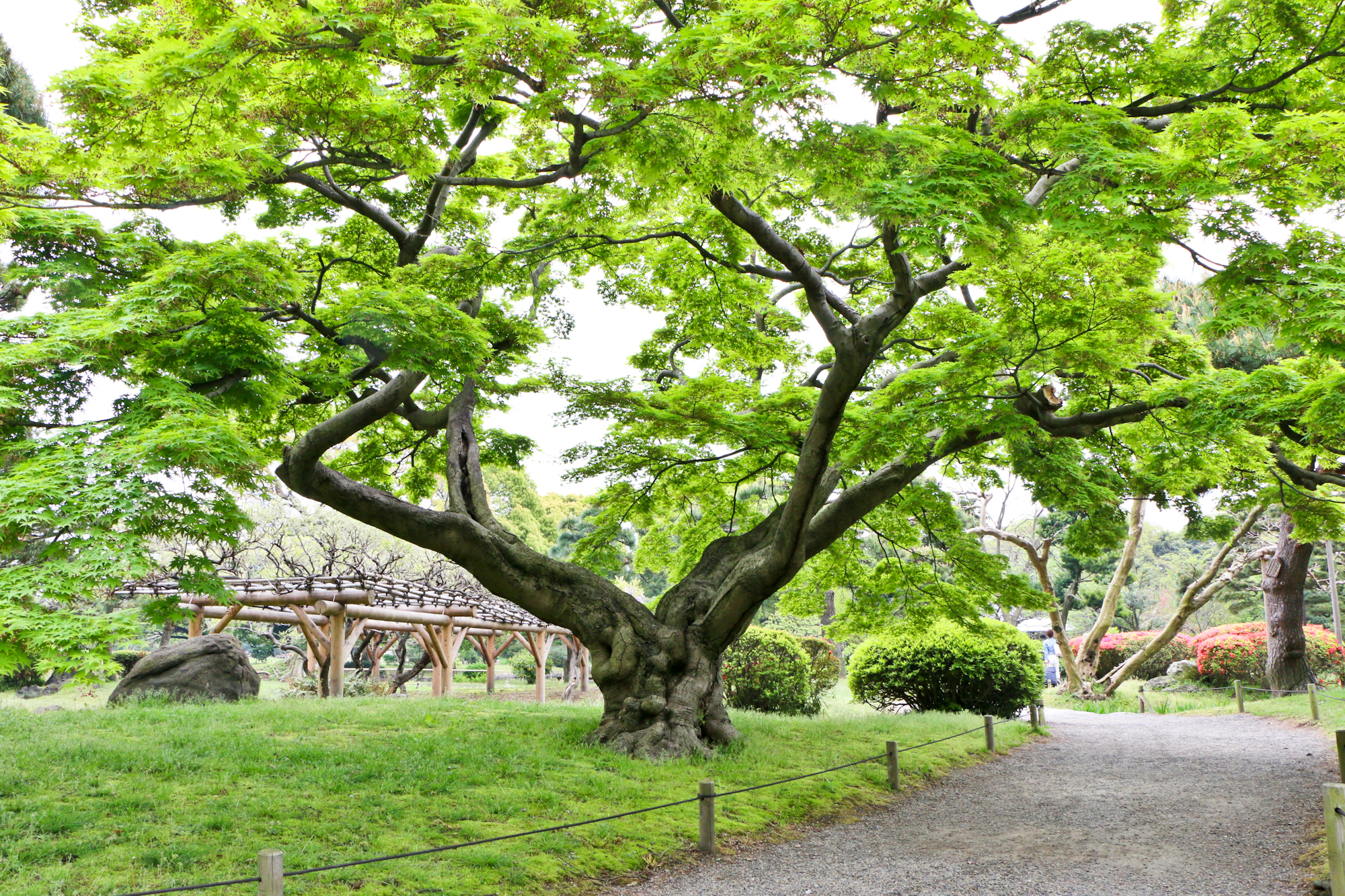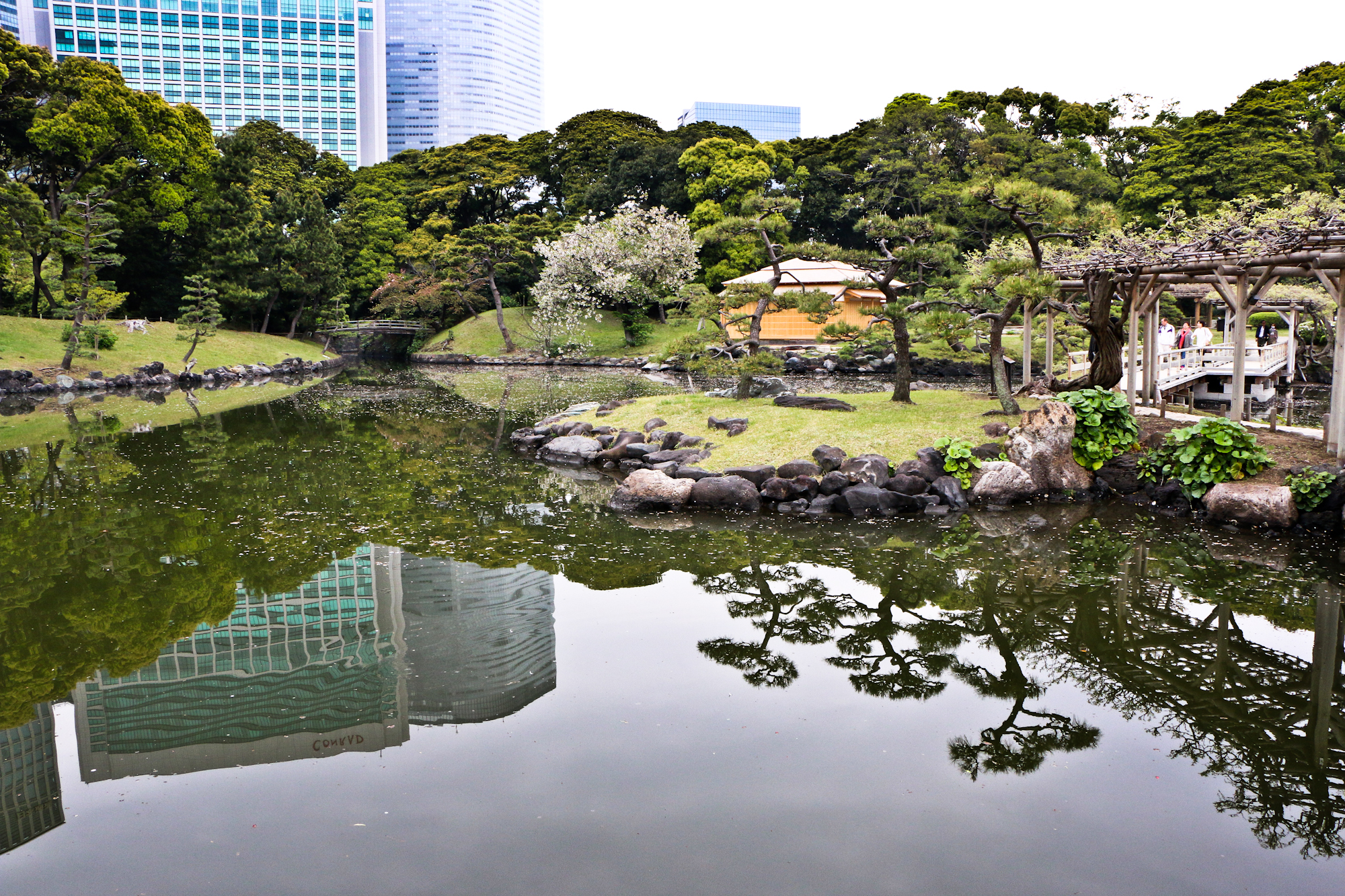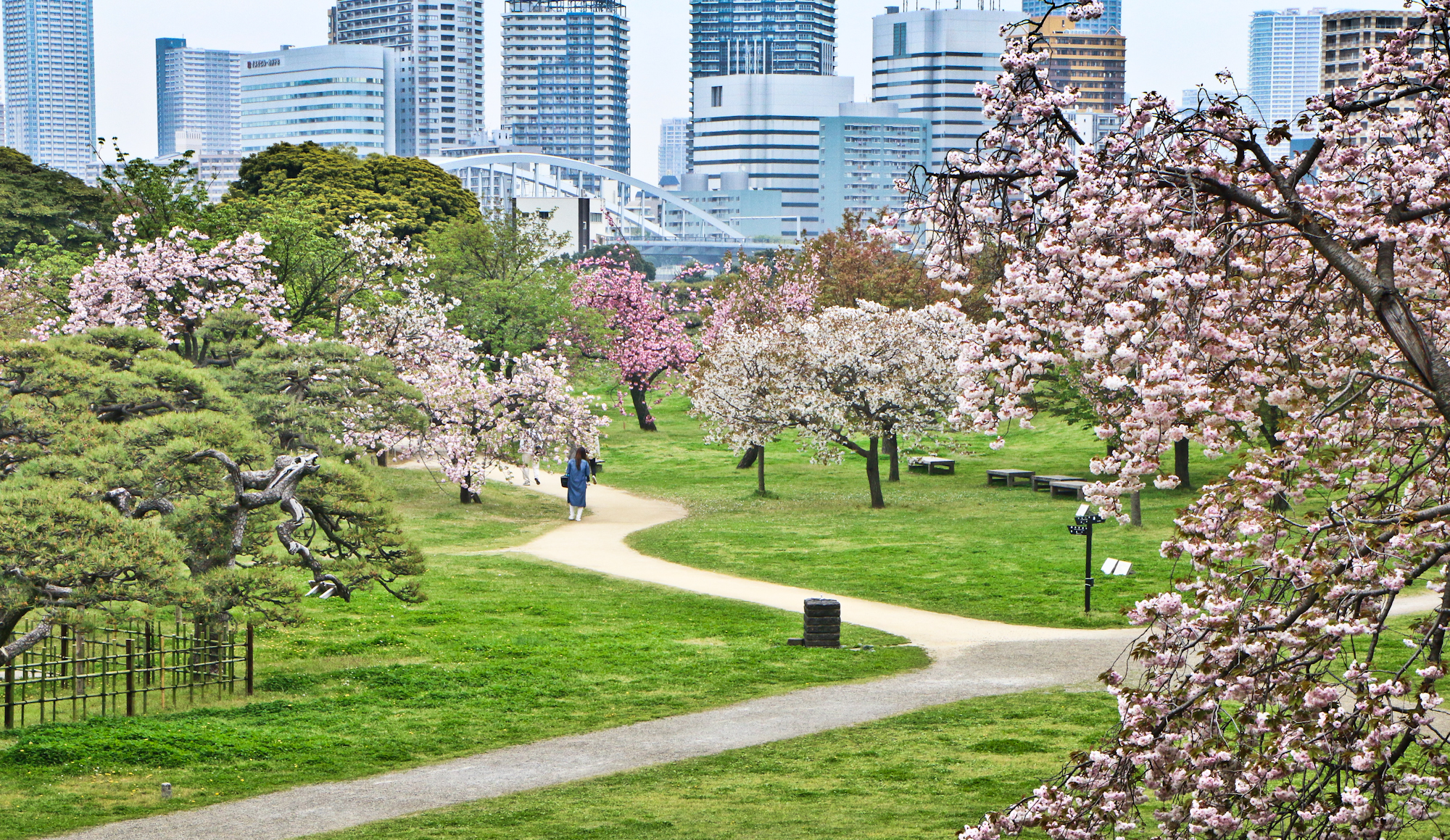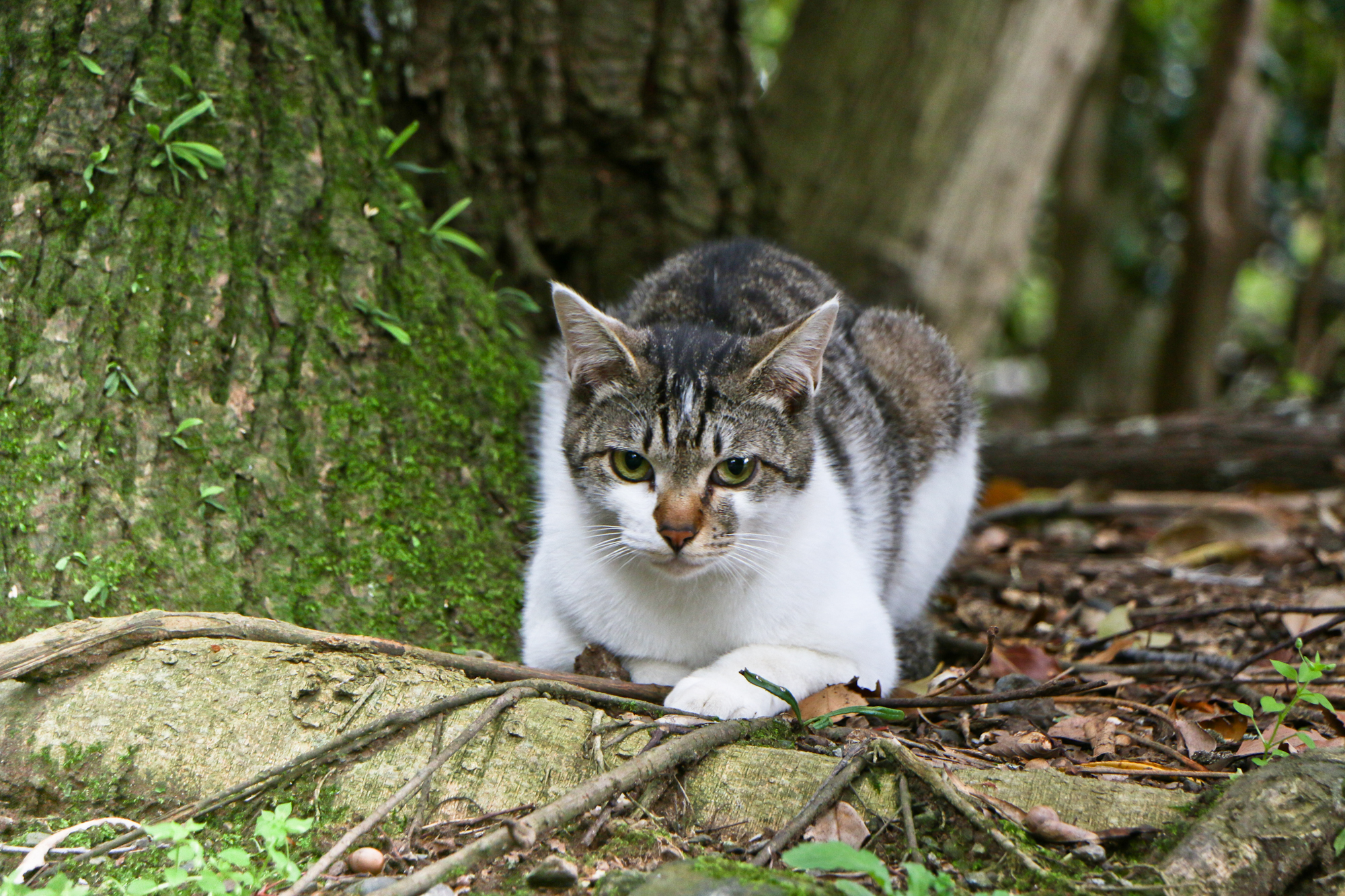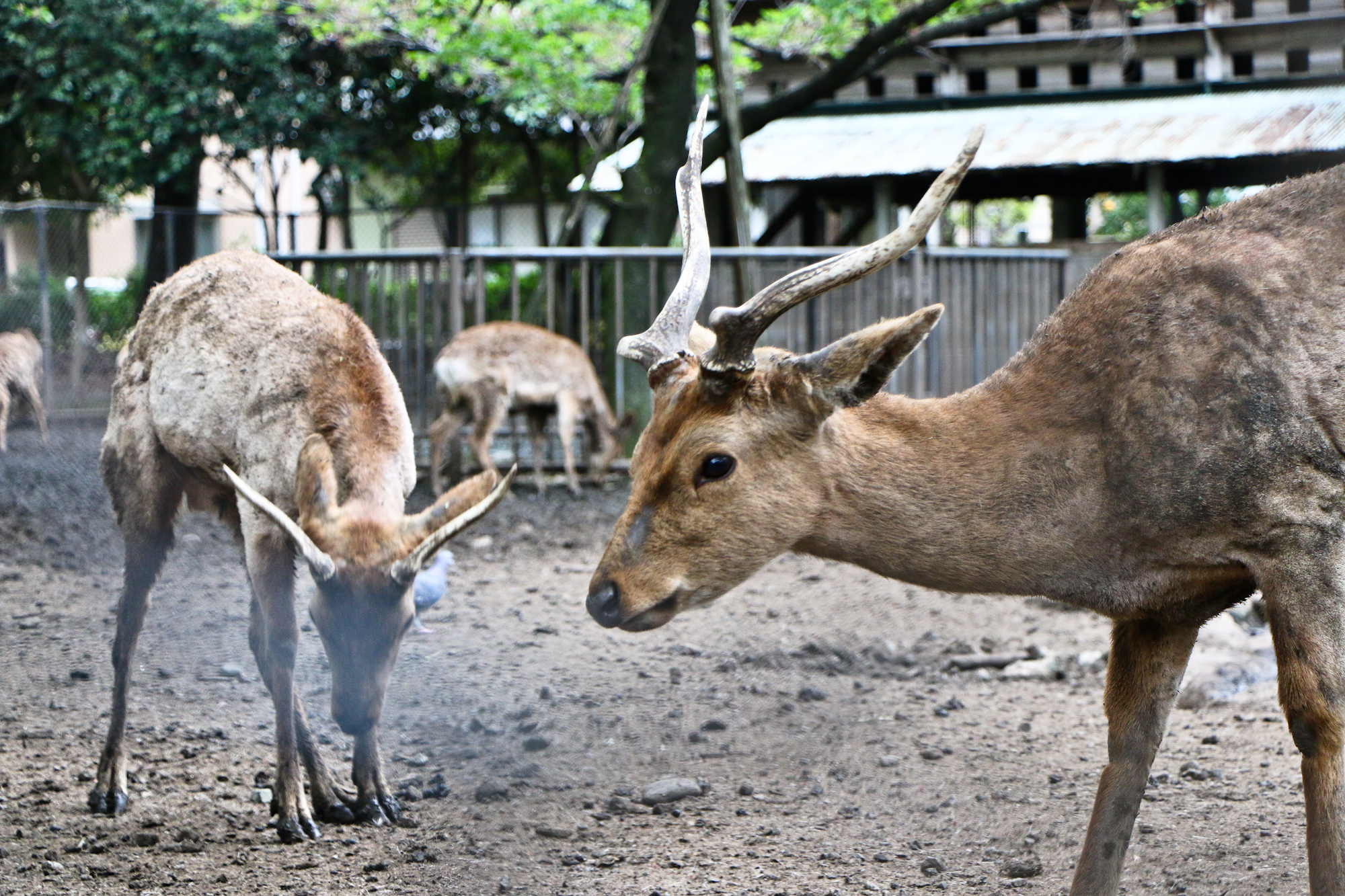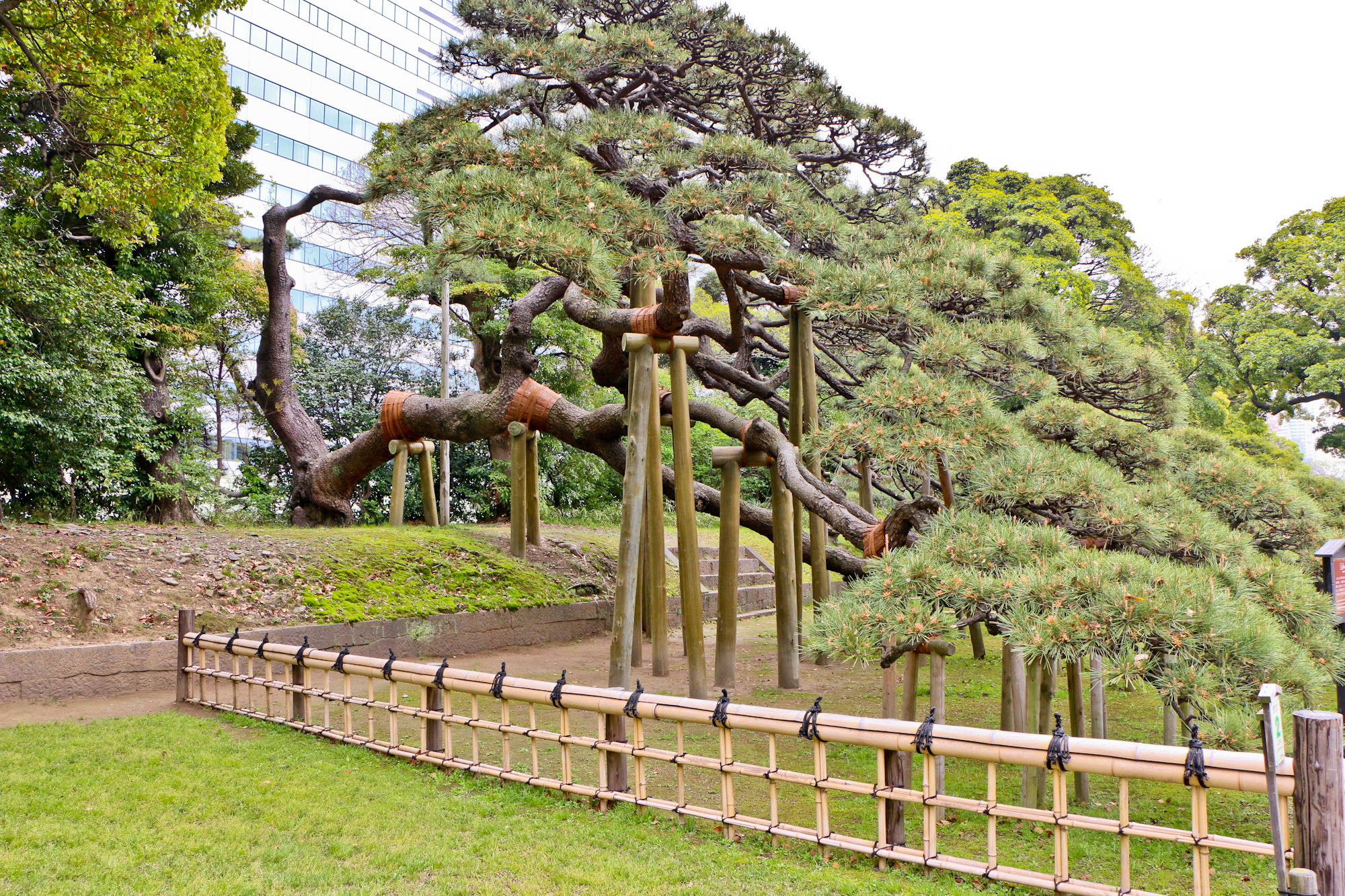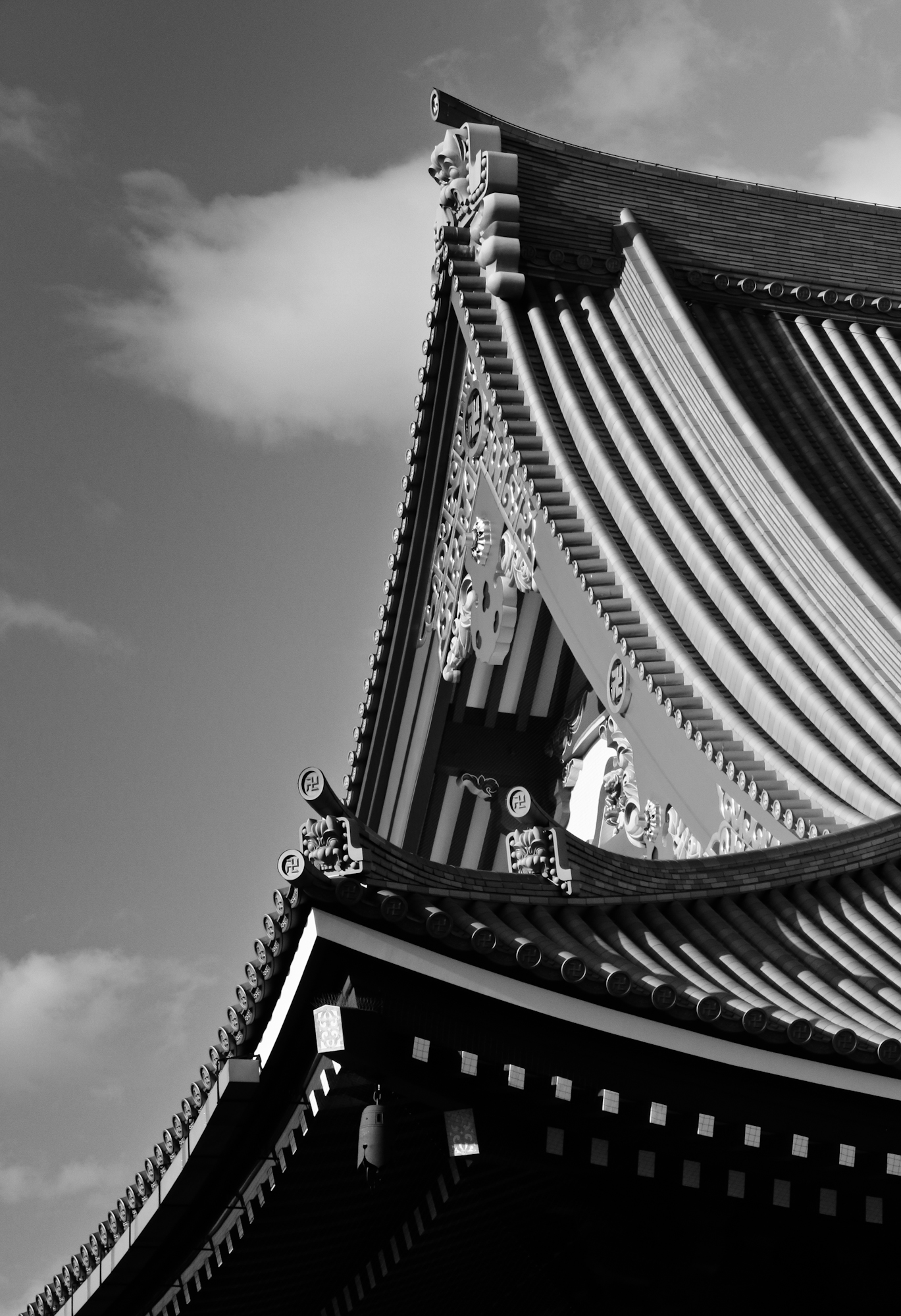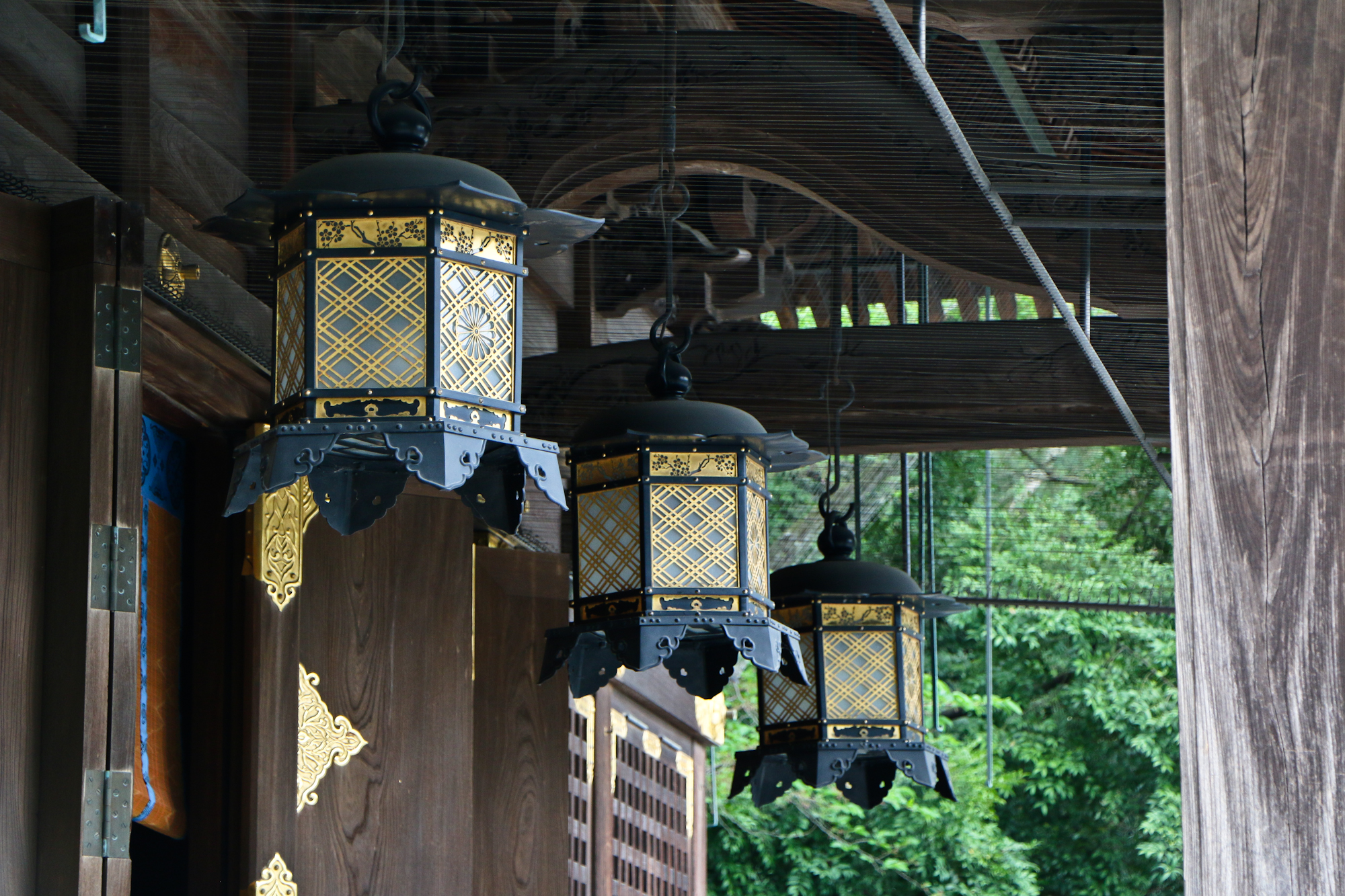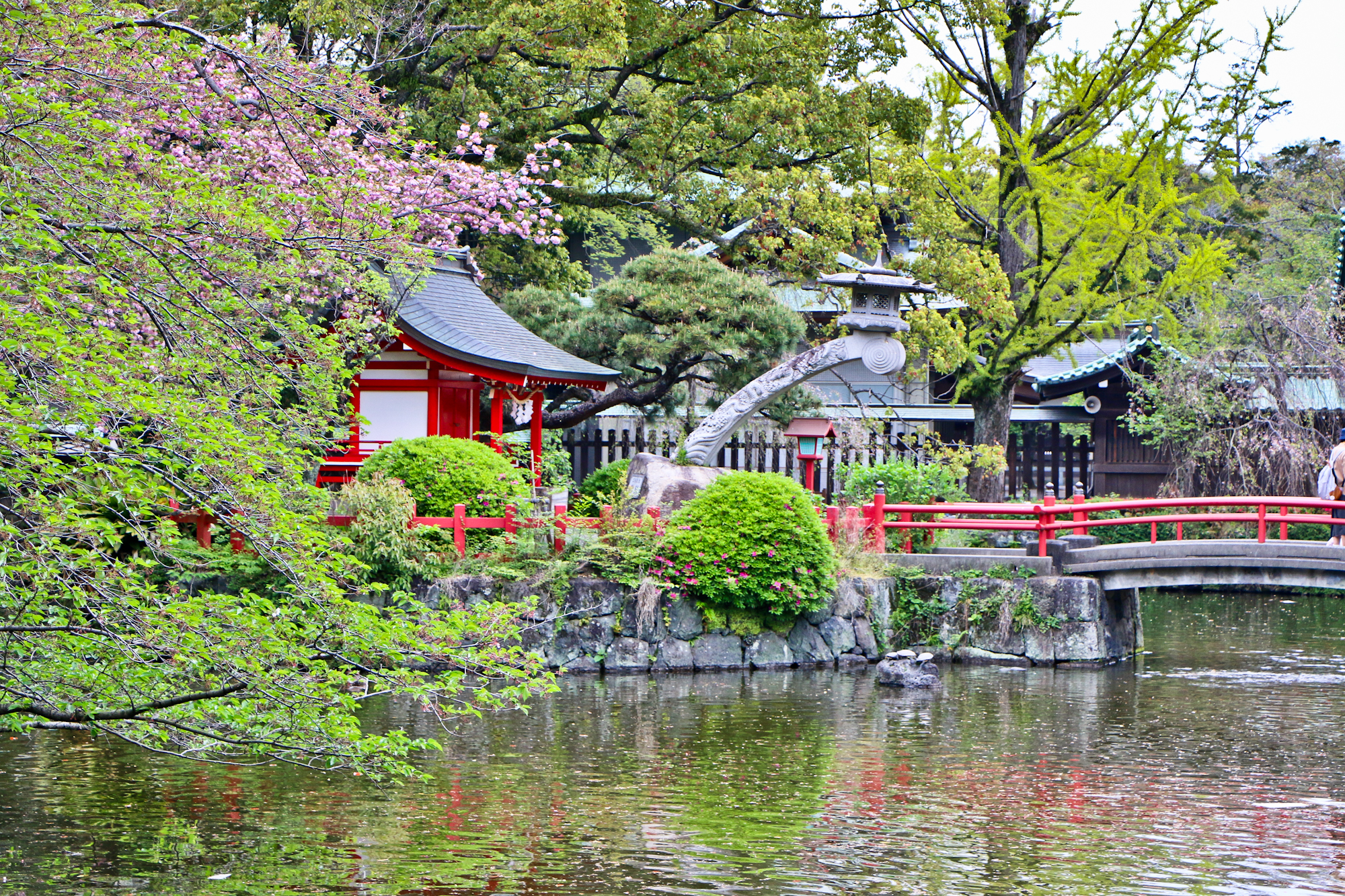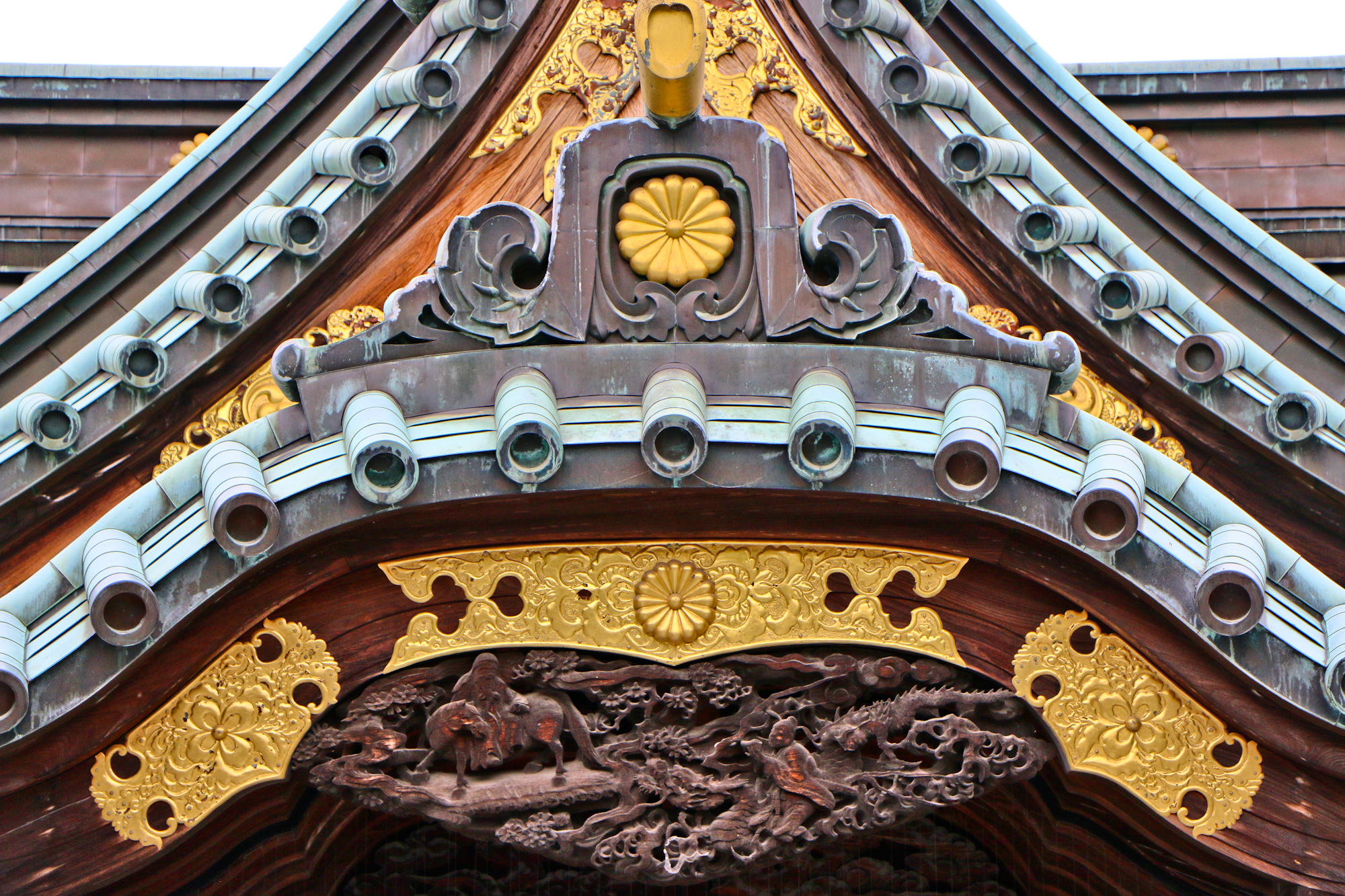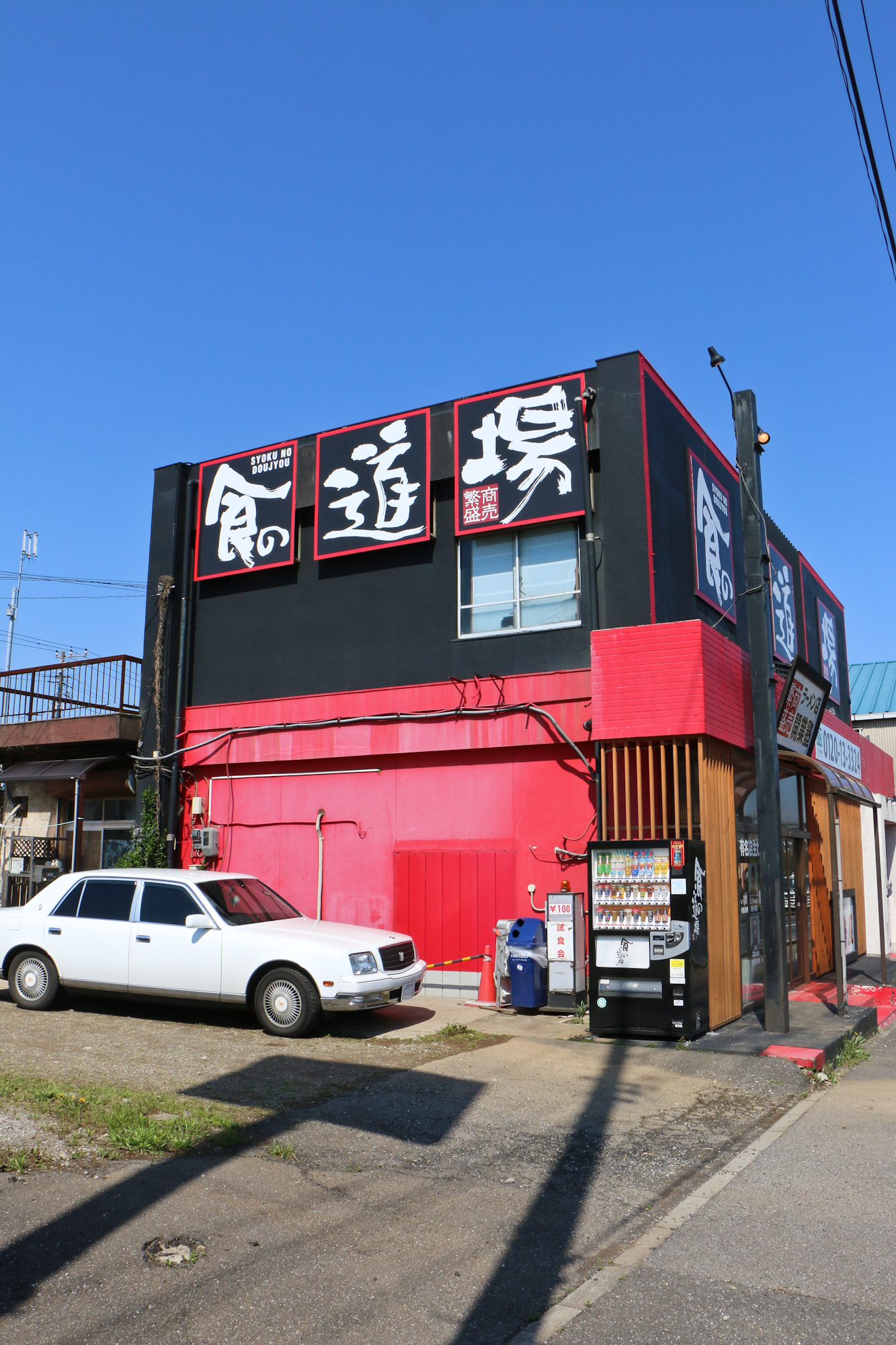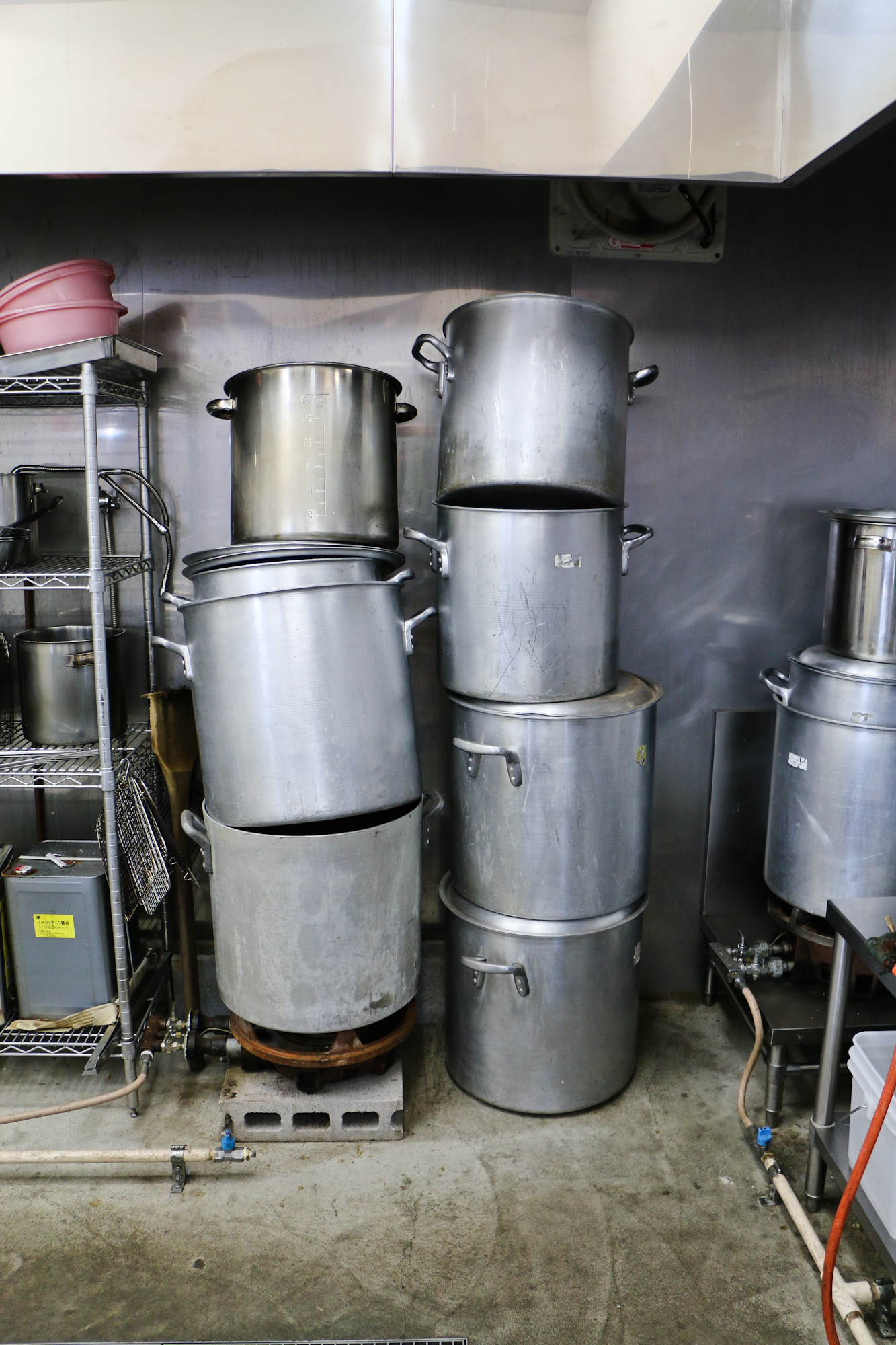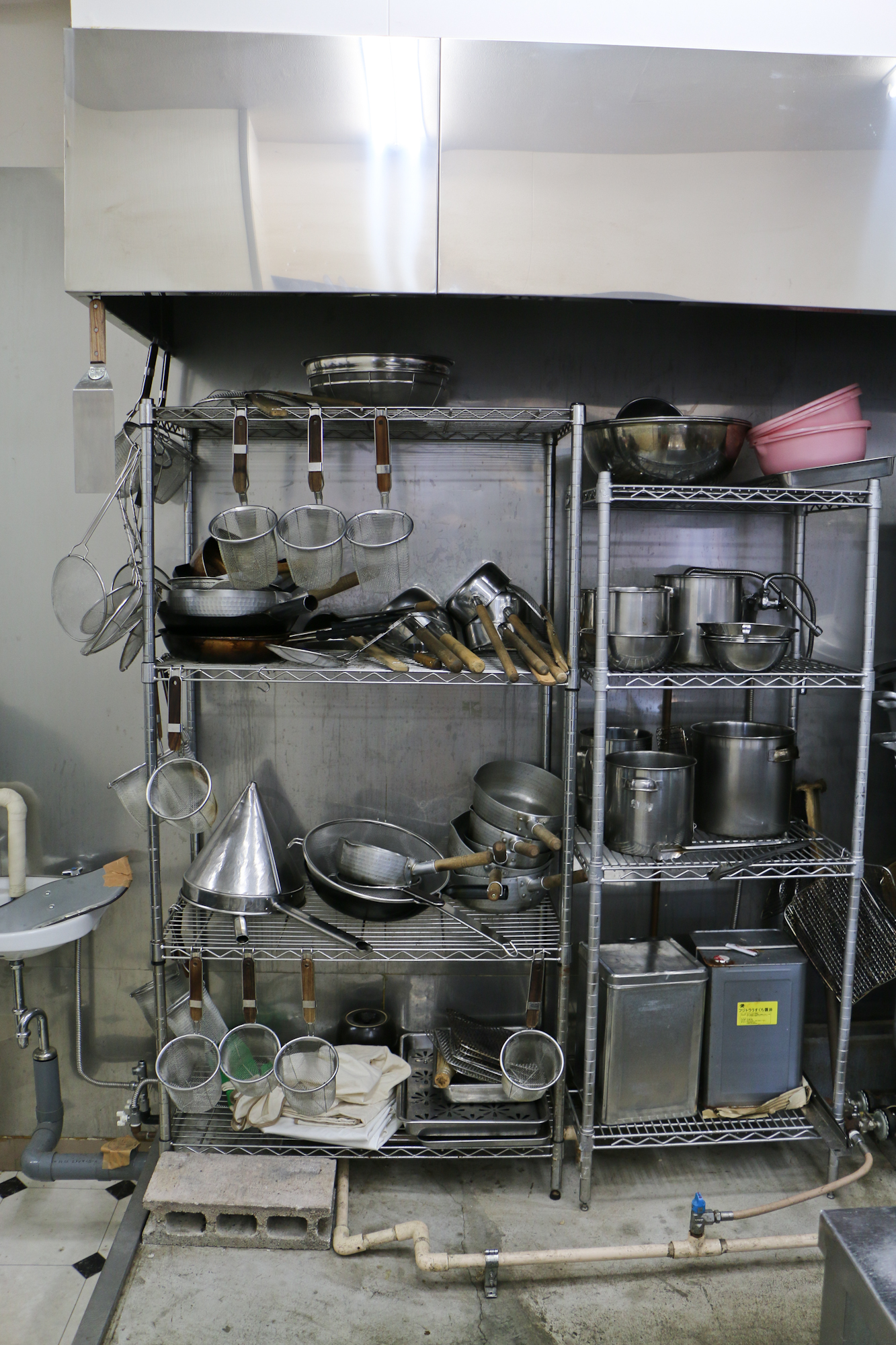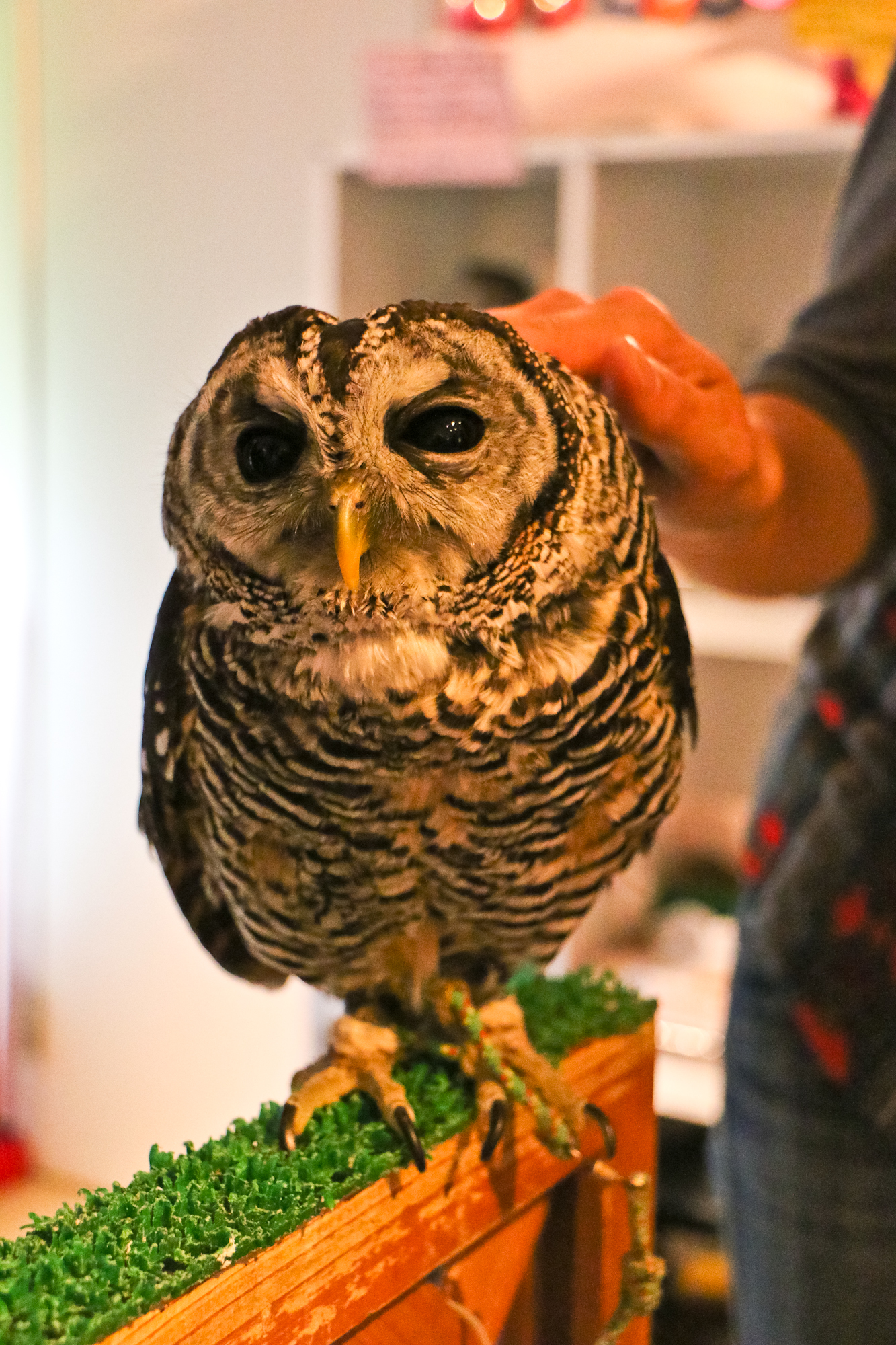On our first and last days in Japan we ate ramen in Chiba and in Shizuoka prefectures. But in between, we ate ramen in Tokyo. And, as a good friend of mine would say, Tokyo is the man. So let's head to Tokyo and talk about some ramen. Things are pretty good there.
Tokyo Subway Map. Figure this out and you can tour ramen in Tokyo. Link to Deep Japan here for help.
The Best: Kyouka (Tachikawa, Tokyo)
Kyouka is run by regular Shoku no Dojo sensei, Keiichi Machida. His ramen was the most sophisticated, without question. He uses 21 ingredients in his broth, including 6 different kinds of niboshi (dried sardines). The flavor was strong, balanced, nuanced. It was like there was some essence of the ocean in the bowl. But it wasn't heavy and it wasn't fishy. The presentation was fantastic. The space was mostly dark, but the chefs (visible working on a platform behind the bar counter) were illuminated by carefully placed spotlights, and the food by adjustable lamps at each seat along the bar. Salt content a relatively restrained 1.2-1.3%.
Soupless Ramen (Ginza, Tokyo)
We wanted to try soupless ramen, called aburasoba in Japan. We're planning to feature it at Shiba Ramen, but not many places here serve it. So it was important to try it in Japan. We looked at some best-of lists sitting around in our hotel room and found a place in the Ginza district of Tokyo. The restaurant, Mugi to Olive ("Wheat and Olive"), also specialized in clam ramen. I thought the aburasoba was awesome. Tasted great and it was topped with the most orange egg yolk I've ever seen, which created a really nice texture. Clam ramen was good, but pretty salty (1.8%). We liked the space. Modern, using wood, concrete, and even rebar.
One-Item Menu, 1500 Bowls a Day (Yokohama, Outside Tokyo)
We had read about Yoshimura Iekei ramen months ago, in a book Hiroko picked up in Japan last year. This is a place that serves a single kind of ramen, a salty tonkotsu shoyu (pork, soy) that came to define a local style of "Iekei" ramen in Yokohama (technically outside Tokyo, but it's close and it still feels like Tokyo). There are a ton of places that serve this kind of ramen in Yokohama, but this is apparently the original.
Because they only serve one thing, they just keep a single running pot of soup going all the time and dispense it right into the serving bowls. There are just 25 seats at the bar counter (I counted), but they supposedly serve 1500 bowls a day! They're open for 13.5 hours each day. That means they need to turn over the entire bar every 15 minutes or so. Nobody's screwing around. You sit down, the food comes out, you eat it, you leave. It was good. It's no frills and completely without style or pretension, but there's always a line to eat there. Kyouka's Machida said he makes it a point to eat there every time he's in Yokohama. We thought the ramen was pretty good, very salty (over 2%!), but not quite as good as we expected. It was also rumored to be thicker than we experienced. There's probably very little quality control just using a single ongoing vat of pork broth; you can imagine the concentration of the soup is constantly in flux.
There's good writeup of this place on Ramen Adventures, a really comprehensive English-language blog about ramen in Tokyo written by an American expat living there. A great resource if you're going to Tokyo.
Tan Tan Men, Spicy Ramen (Kanda, Tokyo)
We wanted to try tan tan men, preferably a spicy one. We're going to serve a spicy tan tan, so we wanted to try one in Japan. The place we found (Hokiboshi Plus) had a good reputation for this kind of ramen. We also found Taiwan maze-soba on the menu, so we decided to try it too. Taiwan maze-soba is a spicy soupless ramen that originated in Nagoya, Japan (not Taiwan), and recently took off in Tokyo due to the arrival there of a popular Nagoya restaurant, Hanabi. We had wanted to try Hanabi but it was too far out of the way, so we were excited to find this dish at Hokiboshi Plus.
Both ramens we tried featured a singular and over-the-top flavor. The spicy tan tan (below left) made wild overuse of really distinctive Chinese spices. Meanwhile, the Taiwan maze-soba (right) was practically wallowing in fish powder, every bite a mouthful of katsuobushi. See pile of light brown powder at 4 o'clock in the bowl (in retrospect, who knew?). I like katsuobushi, but I still had to work pretty hard to finish this stuff.
I don't know what was the deal with this place, but I suspect it is an example of (what Chef Machida told us is) a current ramen trend in Tokyo: focusing on singular strong flavors. Otherwise the ramen seemed to have really good fundamentals, but the these super-dominant flavors overwhelmed everything else and made it pretty unpalatable (in my opinion). My guess is that most Japanese wouldn't find this ramen as jarring as I did; flavors like fish powder are just more ingrained and familiar. But there's no way we could sell a product like this in the U.S. Salt = 1.5%.




